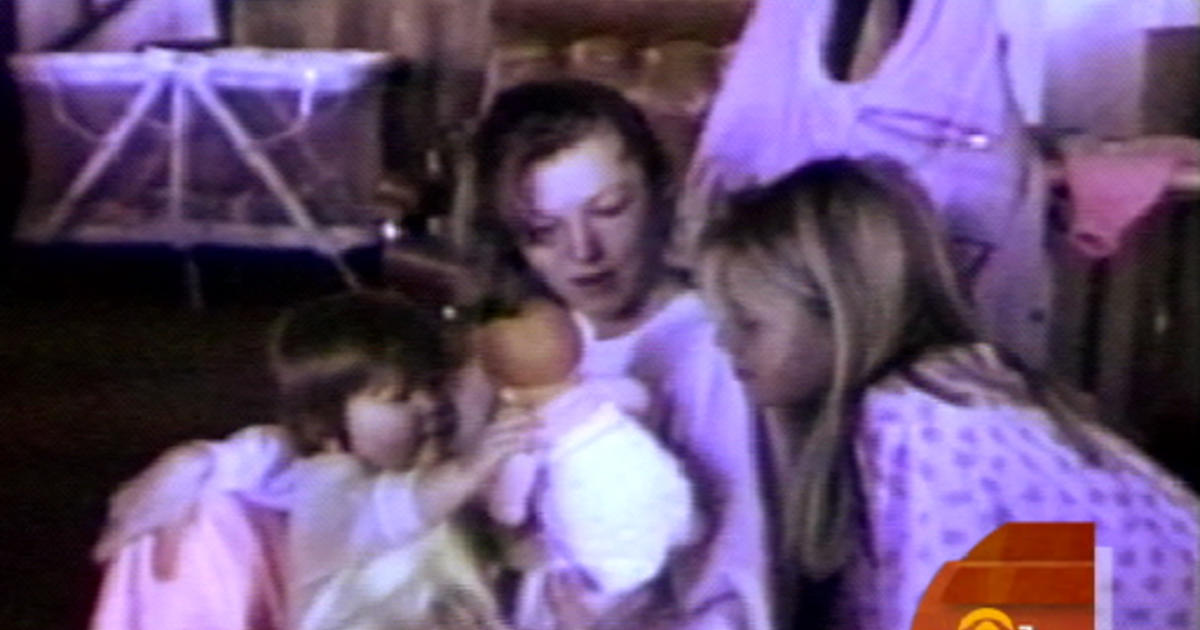

Probyn gave chase on a bicycle, but was unable to overtake the vehicle. He saw two people in a mid-sized gray car – possibly a Mercury Monarch – make a U-turn at the school bus stop where Dugard was waiting, and a woman forcing Dugard into the car.

The only time Dugard spoke was when she pleaded that her parents could not afford a ransom.Ĭarl Probyn witnessed the abduction of his stepdaughter from within sight of their home. Nancy, who the District Attorney in the Dugard case believes scouted Dugard as a prize for Garrido, held Dugard down in the car as she drifted in and out of consciousness during the three hour drive from her home to the Garrido home in Antioch. When he rolled down the window, he shocked her unconscious with a stun gun and abducted her. She thought that the man in the car would ask for directions. When she was halfway up the hill, a car approached her. Eleven-year-old Dugard, wearing her favorite all-pink outfit, walked up the hill from her house, against traffic, to catch the school bus. On June 10, 1991, Dugard's mother, who worked as a typesetter at a print house, left for work early in the day. Although her mother married a man named Carl Probyn, Dugard was never close to her stepfather. Her biological father, Ken Slayton, did not know he had fathered a child. She was close to her mother, Terry Probyn, and her infant half sister Shayna who was born in 1990. At the time of the abduction, Dugard was in the fifth grade and, because of her shyness, was worrying about an upcoming field trip. In September 1990, Dugard and her family moved from the Los Angeles County city of Arcadia, to Meyers, a rural town south of South Lake Tahoe, California, because they thought it was a safer community. As a parolee, he was monitored, later wore a GPS-enabled ankle bracelet, and was visited many times by parole officers, local sheriff's deputies, and federal agents In Antioch, the Garridos lived in the home of his elderly mother, who suffered from dementia. He was transferred to federal parole authorities in Contra Costa on August 26, 1988. On January 22, 1988, Garrido was released from Leavenworth to Nevada State Prison, where he served seven months of a five-years-to-life Nevada sentence. On October 5, 1981, he and Bocanegra were married at Leavenworth. He was convicted on Maand began serving a 50-year federal sentence on June 30, 1977, at Leavenworth Penitentiary in KansasĪt Leavenworth, Garrido met Nancy Bocanegra – the secondary arrestee in Dugard's kidnapping – who was visiting another prisoner, her uncle. The diagnostic impression was: "normal neurological examination." In court, Garrido testified that he masturbated in his car by the side of elementary and high schools while watching girls. The psychiatrist recommended that a neurological examination be conducted because Garrido's chronic drug use could be "responsible in part" for his "mixed" or "multiple" sexual deviation.

In a 1976 court-ordered psychiatric evaluation, Garrido was diagnosed as a "sexual deviant and chronic drug abuser. He was charged and convicted of crimes in both federal and state courts. Callaway then emerged and asked for help. When a police officer noticed a car parked outside the unit and then the broken lock on the warehouse door, he knocked on the door and was greeted by Garrido. He took her to a Reno, Nevada warehouse, where he raped her for five and a half hours. In 1976, Garrido kidnapped 25-year-old Katherine Callaway in South Lake Tahoe, California. Murphy alleged that Garrido kidnapped her when she tried to leave him. In 1973, Garrido married high school classmate Christine Murphy, who said he was abusive.
#Angel and starlet dugard trial
In 1972, Garrido was arrested and charged with sexually assaulting a 14-year-old girl, but the case did not go to trial after the girl declined to testify. Garrido's brother Ron (born 1944) who lives in Brentwood said Garrido became a "fruitcake" after getting hooked on hallucinogenic and stimulant street drugs. Manuel died in Brentwood in 2011 at the age of 90. Garrido later turned to drug use – primarily crystal meth and LSD. In 2009, after Garrido's final arrest, his father, Manuel Garrido, who resided in Brentwood, said his son was a "good boy" as a child but changed radically after a serious motorcycle accident as a teenager. He grew up in Brentwood, where he graduated from Liberty High School in 1969. The primary arrestee in the case, Phillip Greg Garrido, was born in Pittsburg, California, on April 5, 1951.


 0 kommentar(er)
0 kommentar(er)
